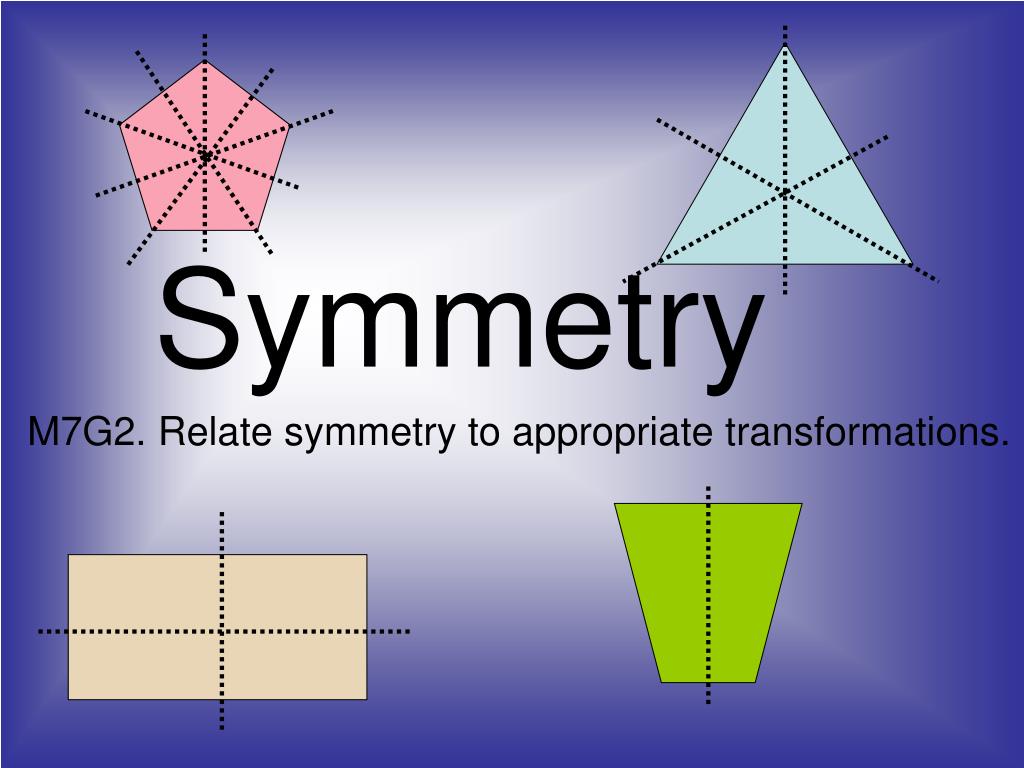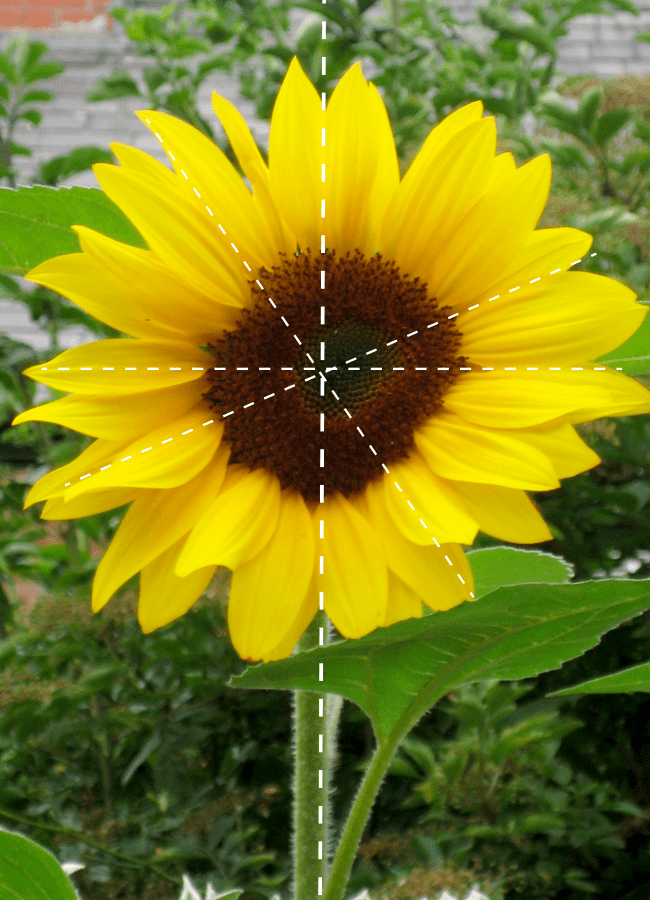

For some students who cant remember the idea, the teacher can use some daily.

Which hexagon has (a) only one line of symmetry (b) rotation symmetry but no reflection symmetry (c) rotation symmetry of order 3 and 3 lines of symmetry (d) no reflection or rotation symmetry Lines that join corners across a shape are called its diagonals.
REFLECTION SYMMETRY FULL
They can use the dotted lines as a guide and when done correctly, this will reveal a full picture. 14 1 Reflection and rotation symmetry E1 All these shapes are hexagons. Either with a mirror or without, your Maths students must replicate the pattern on one side of the challenge card to the other. Experiments are performed using synthetic and real-world images with both multiple and single reflection symmetry axis. The teacher reminds students the idea of reflectional symmetry of 2-D figures. Use these individual reflective symmetry challenge cards to teach your class all about reflective symmetry and how it works. Commonly used edge detectors and a voting process are, respectively, used before and after the edge description and matching steps to form a complete reflection detection pipeline. The locally affine invariance is achieved by simple linear algebra for efficient and robust computations, making the algorithm suitable for detections under object distortions like perspective projection. This paper proposes a novel approach by establishing the correspondence of locally affine invariant edge-based features, which are superior to the intensity based in the aspects that it is insensitive to illumination variations, and applicable to textureless objects. The state-of-the-art algorithms mainly use the matching of intensity-based features (such as the SIFT) within a single image to find symmetry axes. Reflection symmetry detection receives increasing attentions in recent years.


 0 kommentar(er)
0 kommentar(er)
